Conservation Grazing in Spain
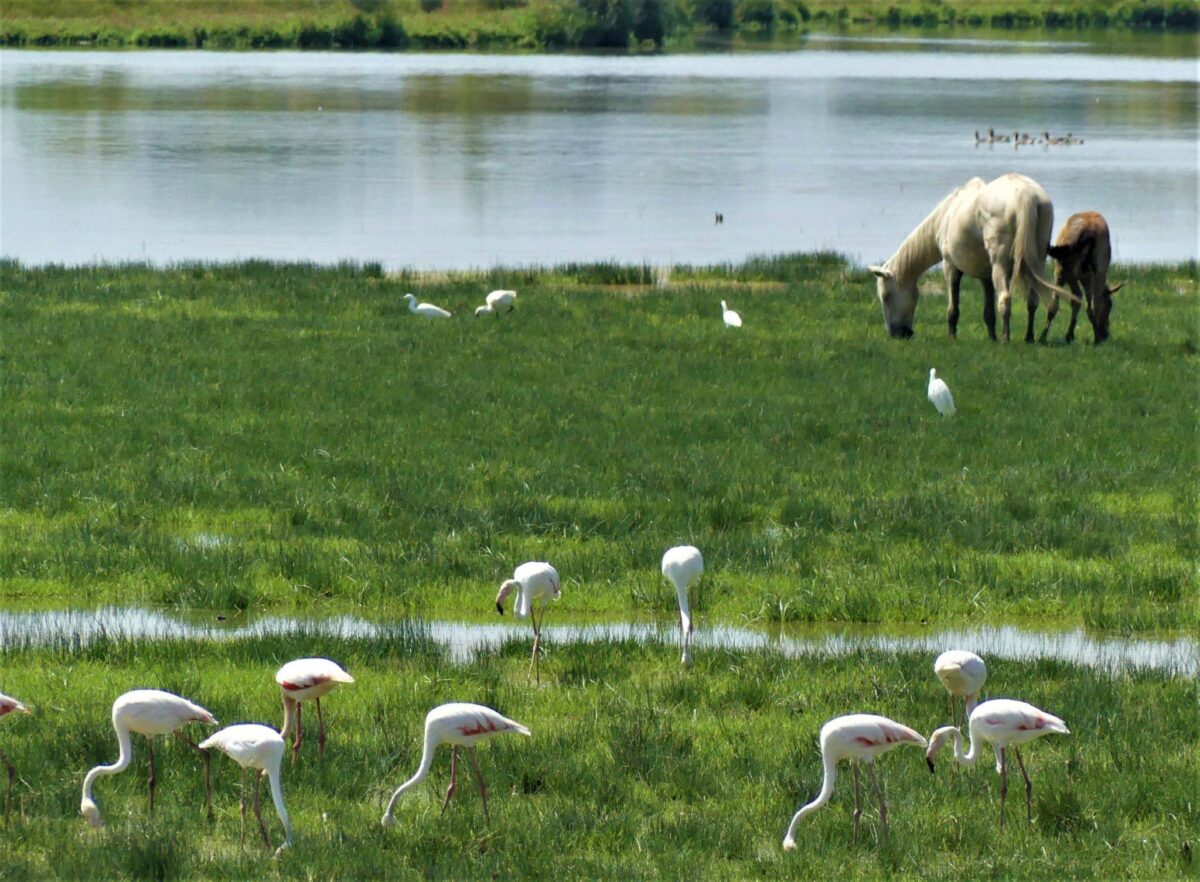
Janet Lane on Waler Data Base @ Facebook. Image: Marismeño horses in Doñana National Park. Photo from the Lancandondringo website.
Pink flamingos, white cranes, blue-billed ducks, dragonflies and more beauties thriving in verdant wetlands – with wild horses – a little success story of saving rare breeds.
In Spain is an area called Andalucía. In Andalucía is an area called Seville. In Seville is a stunningly beautiful wetlands – Doñana National Park.
Two local horse breeds are the Marismeño horse – indigenous to the Doñana wetlands about the Guadalquivir River – and the Retuerta, another Spanish breed re-released nearby in 2012 – a project of the Fundación Naturaleza y Hombre – Nature and Man Foundation – and the Doñana Biological Station. This 500 hectare private scientific station had kept the rare breed alive. They now have an unfenced 300 square kilometers to roam.


Images: Marismeño horses gathered for their blessing before auction, in El Roció. Photo from issuu website; Retuerta horses, pic from the Rewilding Europe website.
The Retuerta Horses were gathered from individual owners when they looked like extinction and put onto a private reserve in the Doñana area. Am unable to discover if they are in the Doñana National Park itself, or all in the nearby reserve, someone may know please.
The two breeds are in separate areas – the Retuertas now released and living in the Campanarios de Azaba Biological Reserve – their original homelands – along with Sayaguesa cattle, a rare Spanish breed which also helps the Reserve. An ancient Spanish breed, they carry genes from the aurochs, are hardy, and some have been rewilded into Croatia recently to help a National Park there.
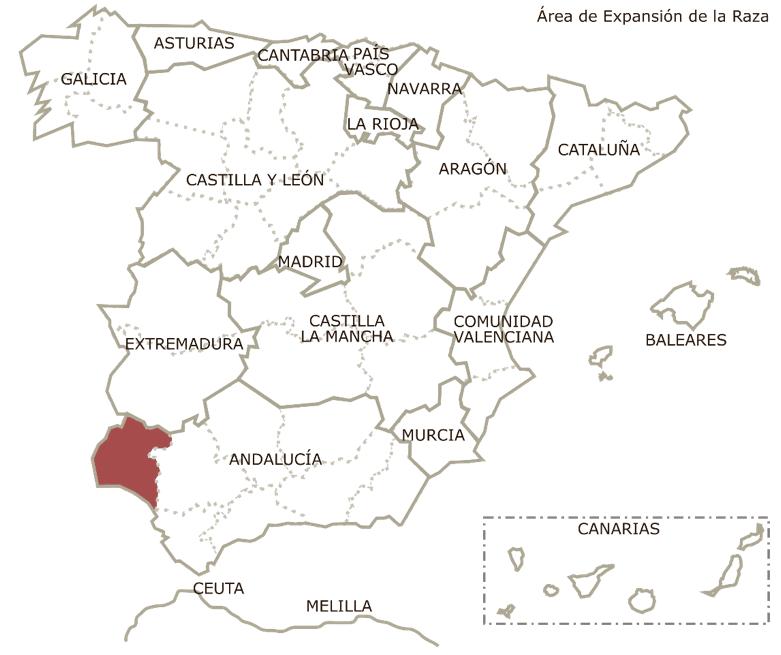
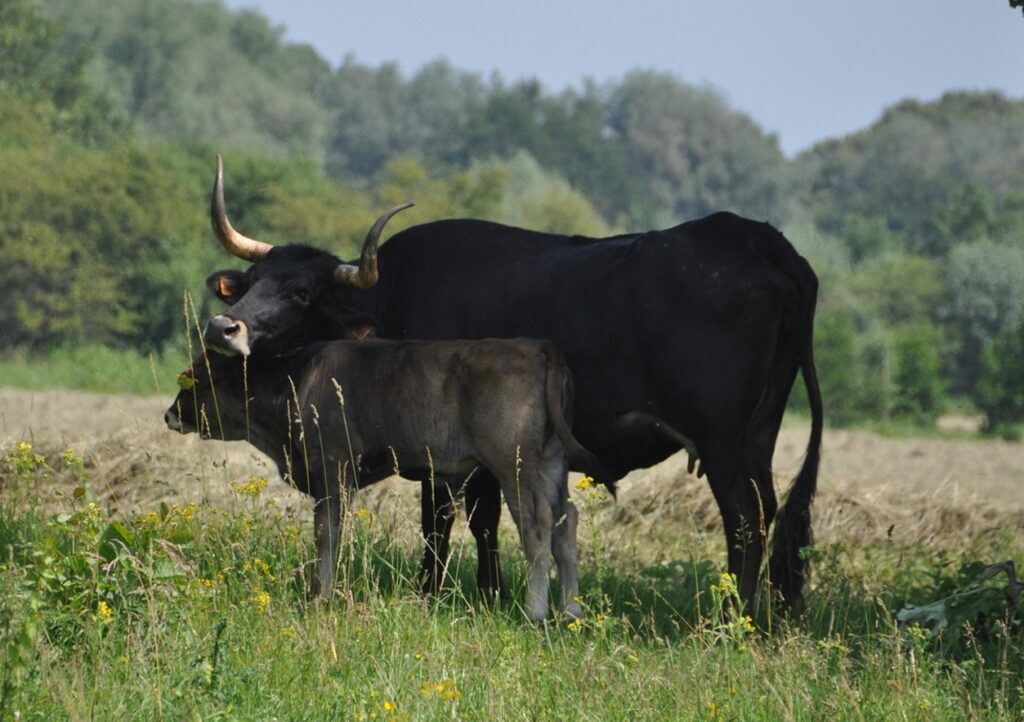
Images: The original and current homelands of the Retuerta horses. Map from rfeags website; Sayaguesa cattle, some have been rewilded back into the Campanarios de Azaba Biological Reserve where the Retuerta horses are, it’s near the Doñana Park. Photo from Wikipedia.
The annual muster of Marismeño horses in the Doñana National Park is not a tourist event, rather a quiet local affair – the Saca de las yeguas.
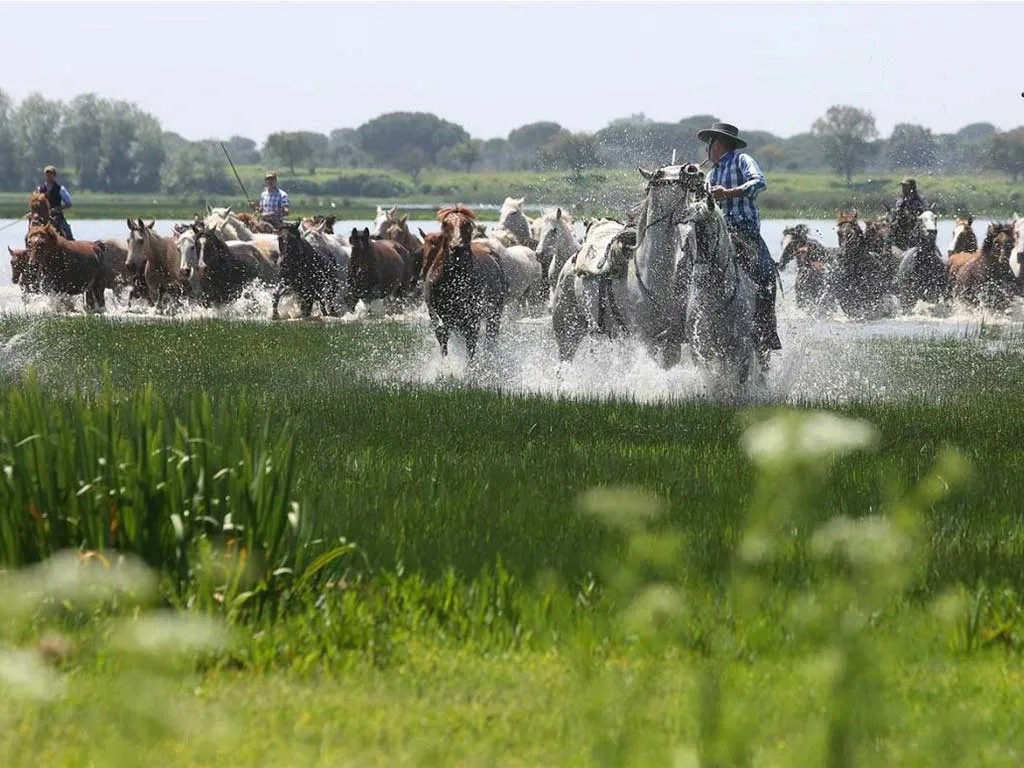
Photo from visit-andalucia website
Riders set out from their homes about the village of El Roció which has far more horses than cars. Everyone gets about on horseback. The shops have hitching rails, the pub has high stools so you can sit and hold your horse, or have a quick drink on the horse (sherry and lemonade is the local cheer-me-up). About 30 local riders get together in late June to find and muster together some 1,500 wild horses.
Into the wetlands they go, here and there, gathering all the horses.
Once mustered the horses are yarded in town near the local church and left for the night to settle. In the morning they are blessed. Then excess, usually young ones, are auctioned.
The aim is to keep a stable population of about 1,500, monitoring mares and stallions to prevent inbreeding. The lowest priced horses go for dogmeat. Hopefully with a little publicity they may sell to homes in future. The majority are released to their wetlands again.
The Retuerta’s are also mustered annually. This breeds also predates horse introductions of Roman times, being over 3,000 years old.
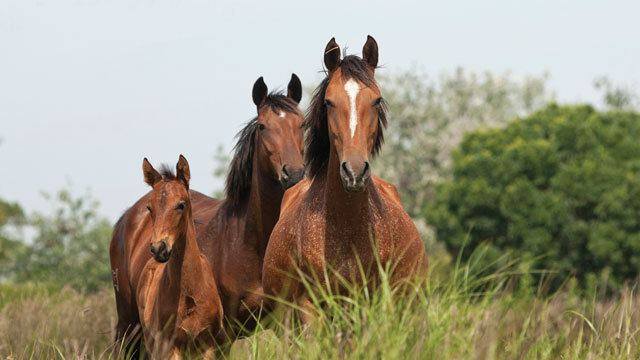
Alchetron website photo.
Many studies have proved the benefit of the horses in these environments – indeed, the necessity – particularly for controlling excess herbage such as introduced and native grasses.
As most know, wild horses have developed to graze at a higher height than domestic breeds so herbage can seed – in fact some native plants here in Australia need this grazing – as observed on Fraser Island, where once horses were removed, lank growth meant seeds are covered and rot before maturing and native species disappear. Wild horses never over graze an area. Their grazing habits allow the emergence of herbaceous plants like orchids and native lilies, also low growing heath plants, sundews and so on, and understory shrubs and forest trees to survive. Their walk trails are used by a plethora of native animals and birds to get to water, and enable many to escape wildfire. Many other benefits, too many to go into here.
Another upside is the horses themselves retain hardiness, frugality, and wisdom – and importantly, an extremely safe temperament for a riding and harness horse. Win-win-win – country, horses, people.
The main threat to this vast National Park are nearby rice farms taking too much water. Hopefully this will be resolved soon.
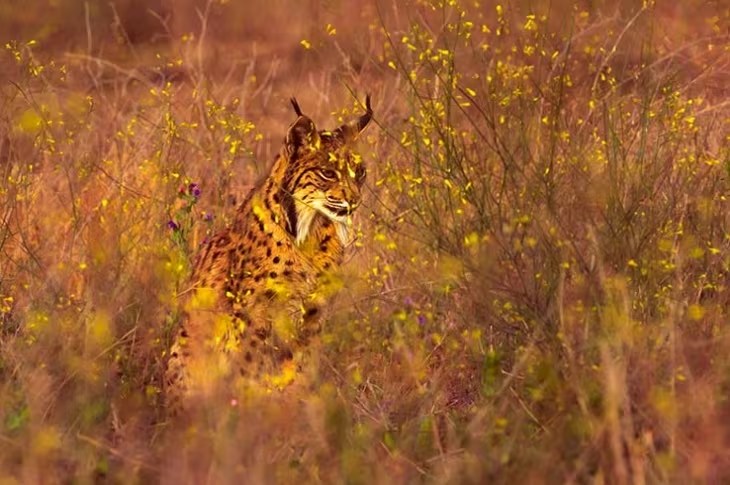
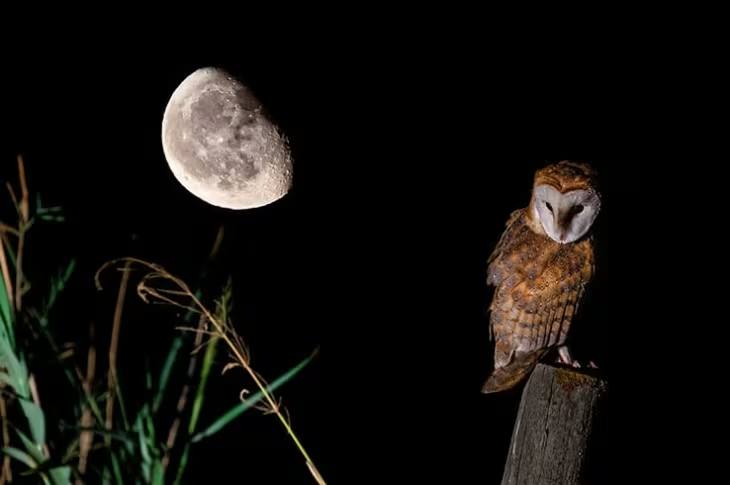
Images: Local predator, the Lynx, native to the Doñana National Park and area. We have the dingo; Owl in Doñana National Park. Photos from Spain.info website.
The area is home to an incredible diversity of flora and fauna – horses are an integral part of that, just as they are in Australia. The Timor Ponies in the Top End, horses in Kosciuszko (most being Walers, our own Australian breed, or perhaps even a breed in themselves? – DNA is collected constantly and wonderful results are being achieved, thanks to all doing that), and our wildies of some other areas, all need to be properly studied and managed as they’re vital to the ecosystem of their areas. A scientific study proved they replaced the mega fauna in their benefit to country. An annual muster is the best method of keeping numbers sustainable.
Anyway, a lovely success story of common sense and care, and how beautiful is this area?! thank you Spain!